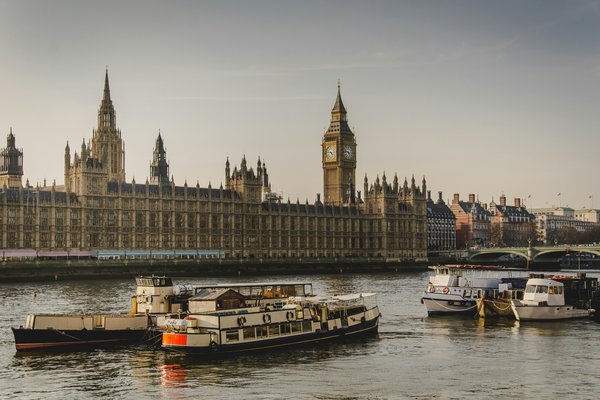Helplines Partnership summary—New online child safety measures from Ofcom
Helplines Partnership summary—New online child safety measures from Ofcom
The long-awaited new protections announced by Ofcom this week are a positive step forward in ensuring children and their families are protected from the dangers of online harm. Whether it is content relating to misogyny, bullying, or pornography, these measures are an important step forward to safeguarding children.
There will be a number of key impacts for charities who support children and young people, and we have set them out below.
1. Heightened Legal Duties
Charities running ‘user-to-user’ or search services (e.g., forums, educational platforms) now have legal responsibilities under the UK’s Online Safety Act. These include:
- Children’s Access Assessment (due by 16 April 2025): Charities must determine if children are likely to access their platforms.
- Children’s Risk Assessment (due by 24 July 2025): They must identify risks their service might pose to children and document mitigation strategies.
2. Mandatory Safety Measures
Ofcom’s Protection of Children Codes of Practice specifies over 40 safety measures. Even smaller services must implement core protections, such as:
- Effective age assurance: Particularly if the site contains or could lead to adult or harmful content.
- Content moderation systems: To detect and act on harmful or risky content like bullying, self-harm, or abuse.
- User support tools: Including complaint procedures and access to support when harmful content is encountered.
These could require new tech, staff training, and governance changes, which may challenge charities with limited resources.
3. Child-Centric Design and Support
Charities must:
- Create clear, accessible terms of service for children and carers.
- Signpost children to support, especially when they report harm, search for risky content (e.g., self-harm, eating disorders), or post potentially harmful material.
- Offer controls like blocking, muting, disabling comments, or rejecting group chat invites.
For organisations already working with vulnerable children, these are crucial to safeguarding but could require reworking digital platforms and engagement strategies.
4. Governance and Accountability
Charities providing large or high-risk services must:
- Appoint a named individual accountable for child safety.
- Conduct annual reviews of risk management.
- Establish a Code of Conduct and internal monitoring processes.
This formalises oversight and may require significant policy development and documentation.

